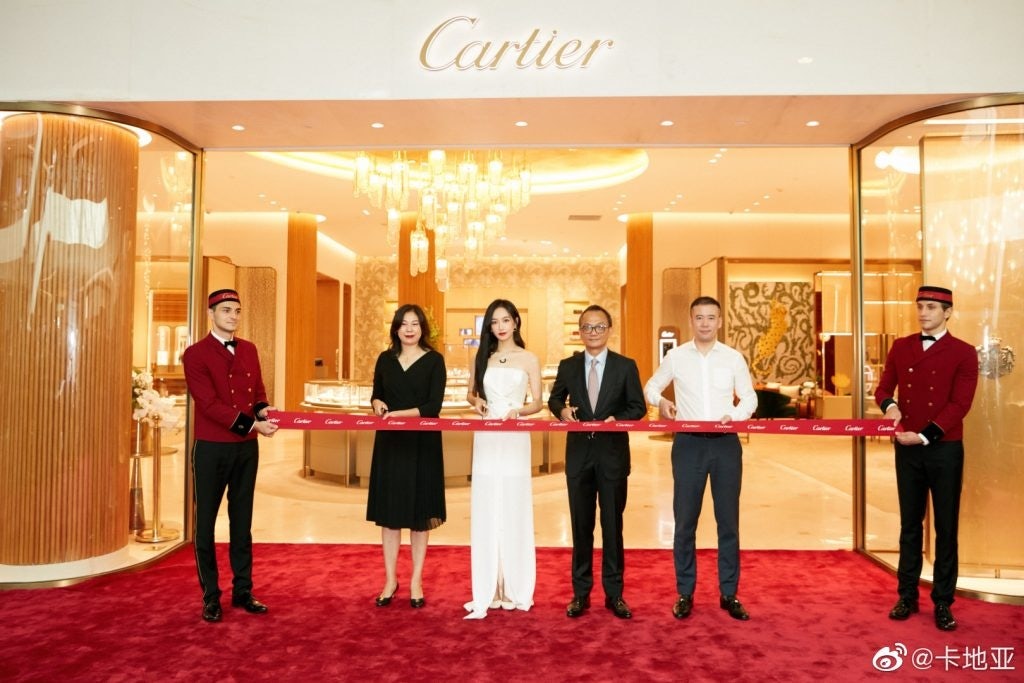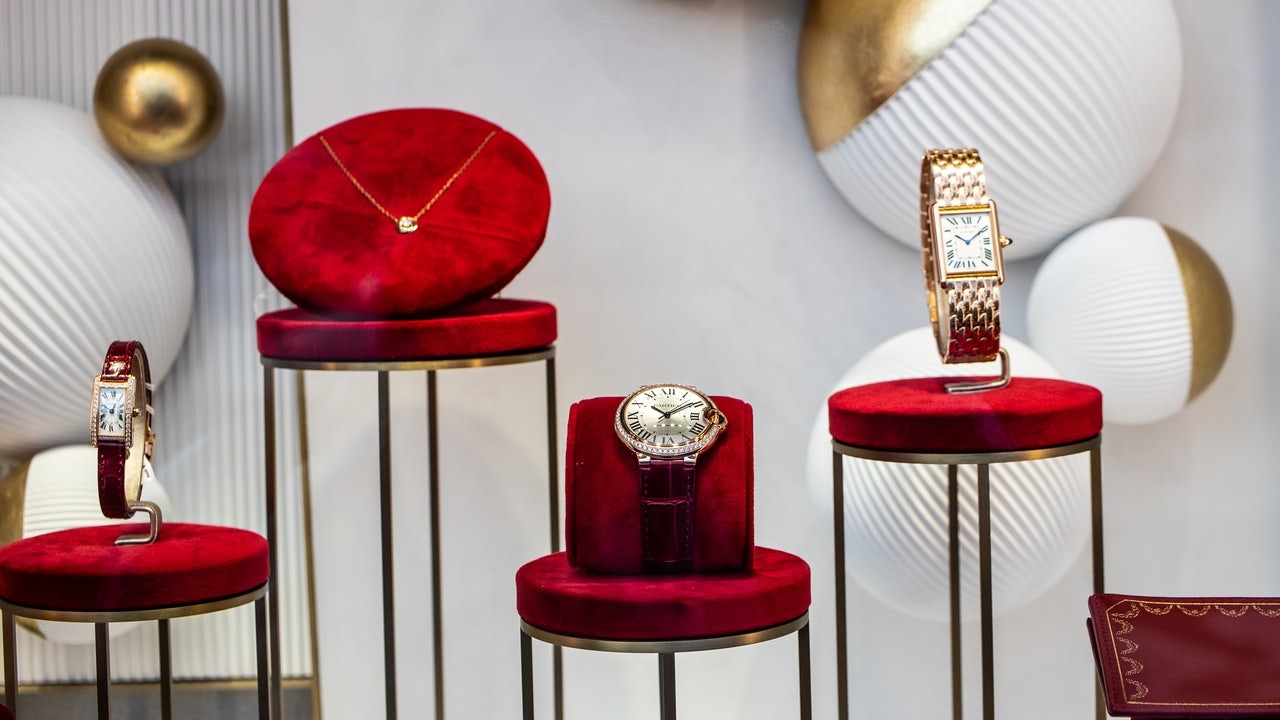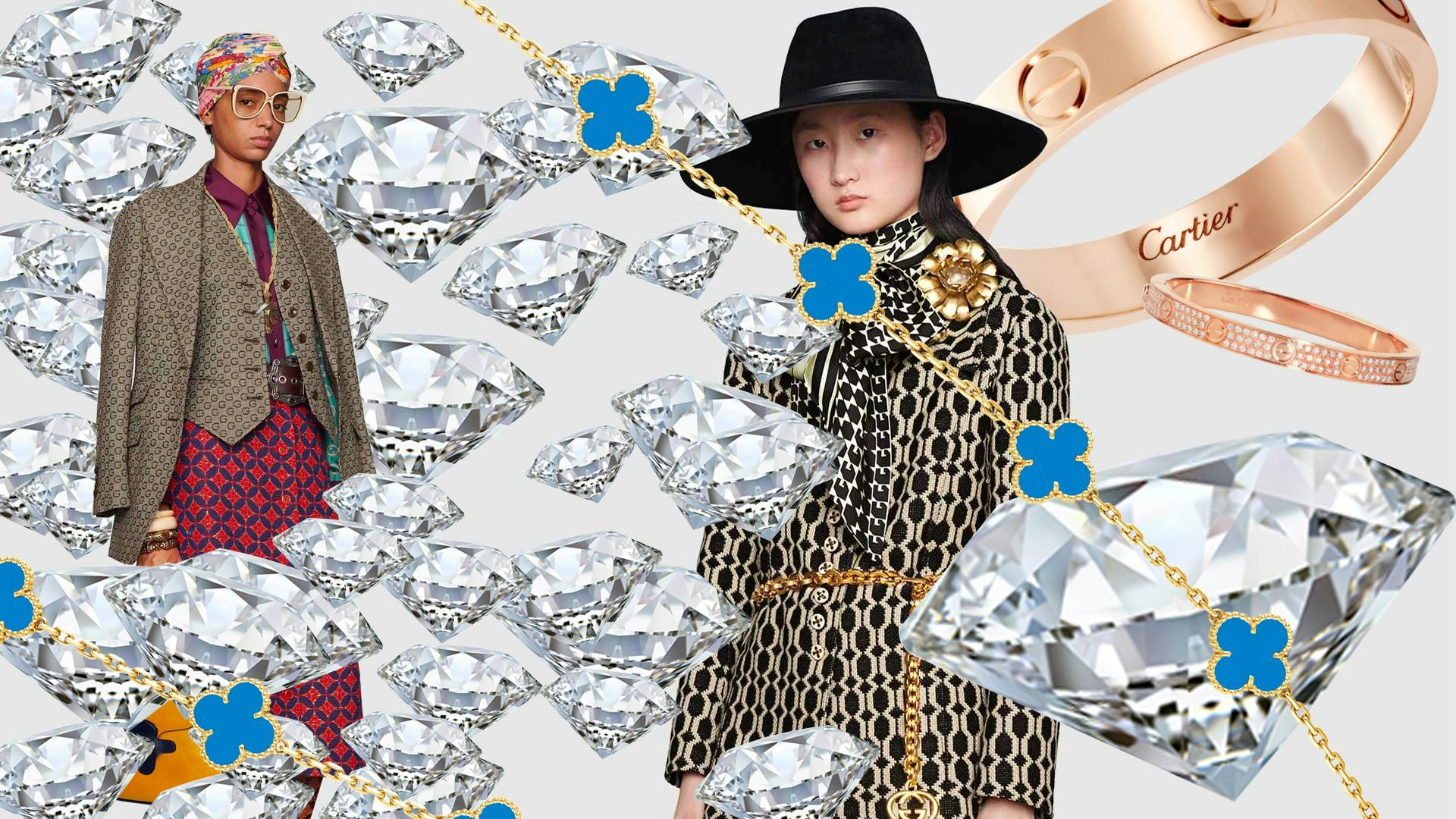Evidently, a raging pandemic and rocky economy have not curbed consumer appetite for luxury goods.
On January 20, Richemont reported a 5 percent rise in sales at constant exchange rates during its final quarter of 2020, reaching revenues of 4.7bn. Ahead of analyst expectations, this performance was largely fueled by a 25 percent sales growth in the Asia-Pacific region, where robust results in China offset slumps in other locations.
With international travel at a standstill, Chinese shoppers have redirected their dollars toward the domestic market. As such, the Swiss company’s sales jumped 80 percent in the Mainland and 29 percent in Taiwan, while Europe shrunk 20 percent as stores struggled to reopen without tourists. These figures reiterate how China is on track to become the world’s largest luxury goods market by 2025, as noted by Bain & Company.
In particular, Chinese consumers showed a penchant for jewelry, helping to drive Cartier and Van Cleef & Arpels sales up 14 percent. Considering that jewelry is mostly unbranded, popular labels like Cartier have great potential to grow and dominate this category.
Luxury watches, on the other hand, contracted sharply. The only region where sales grew by double-digits, unsurprisingly, was the Asia-Pacific, partly sustained by the Watches & Wonders event in Sanya. This trade fair — a partnership between Richemont and Fondation de La Haute Horlogerie (FHH) in association with China Duty Free Group (CDFG) — offered visitors an opportunity to interact with participating brands in person and online via livestream. Its success not only points to the lasting appeal of immersive, omnichannel experiences, but also Hainan’s growing importance as a luxury shopping destination.

Although Richemont did not say what is to come this quarter, its recent investment in the luxury online platform Farfetch points to an increasing focus on China and a commitment to e-commerce expansion. With a combined 25 percent stake in Farfetch’s Chinese operations alongside Alibaba, the deal may help the world’s second largest luxury group better position itself to compete with the first, rival LVMH.


